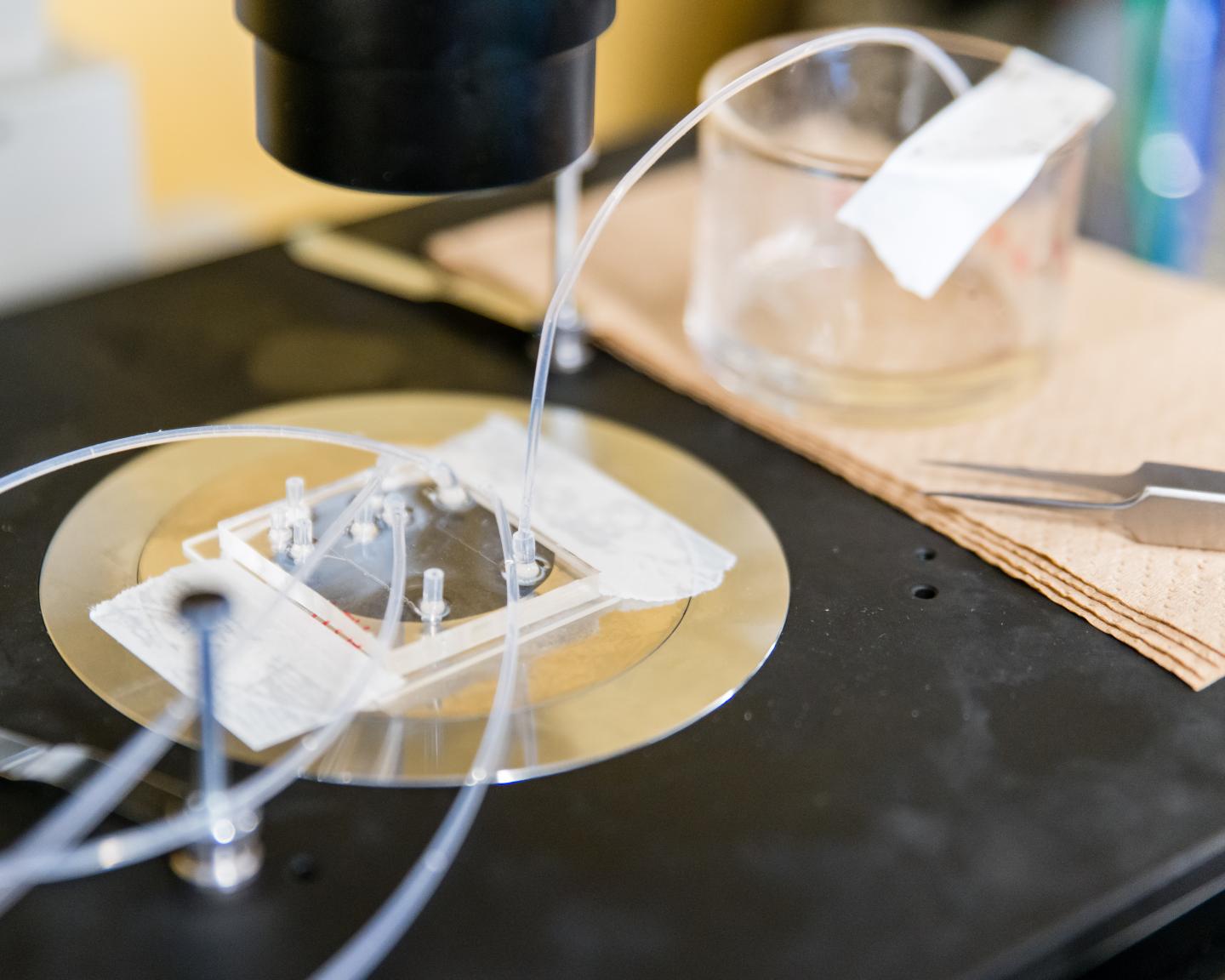February 2003 - Diabetes mellitus (DM) affects at least 16 million Americans, ranks seventh as a cause of death in the United States, and costs the national economy over $100 billion yearly. About 95 percent of persons with DM have type 2.
Type 2 DM is characterized by insulin resistance in peripheral tissues as well as a defect in insulin secretion by beta cells. Insulin regulates carbohydrate metabolism by diminishing the rapid transport of glucose and amino acids from the circulation into muscle and other tissue cells, by promoting the storage of glucose in liver cells as glycogen, and by inhibiting gluconeogenesis. DM is often associated with other risk factors, including disorders of lipid metabolism, obesity, hypertension, and impairment of renal function.
In the last several decades Americans have increased their food consumption by an average of more than 200 calories, becoming a society with an alarming increase in obesity. The onset of type 2 diabetes has become an epidemic.
Type 2 diabetes cannot be cured, only controlled. Therefore, research into the insulin- producing beta cell (or -cell) of the pancreas, the predominant cell of the islets of Langerhans that secretes insulin, may offer a key into the development of diabetes mellitus, with anatomic and functional loss of these cells. One such effort entails the identification and characterization of embryonic or adult stem cells that give rise to the �-cell could lead to cellular-based therapies for treating both type 1 and 2 diabetes.
Previous studies have shown that green fluorescent protein (GFP) from the jellyfish Aequorea victoria and its yellow and cyan derivatives could be utilized as reporter genes to label specific cell types including pancreatic �-cells by expressing GFP under the control of a tissue-specific promoter. One advantage of these proteins is that they can be detected in living cells because they fluoresce brightly upon exposure to ultraviolet light or blue light without the addition of coactivators or external substances. In addition, pure populations of fluorescent-tagged cells can be isolated using a fluorescence-activated cell sorter.
Continue Reading Below ↓↓↓
Rat and human �-cells treated with adenovirus, with genes from different parental strains, expressing green fluorescent protein (GFP) under the control of the rat insulin I promoter, appear to function normally, suggesting that expression of GFP may be well tolerated by these cells. Therefore a team of researchers believed that if they could generate a mouse model where pancreatic �-cells were genetically tagged with GFP, they would have a potentially valuable research tool for studying �-cell biology, including the identification of progenitor cells.
A New Study
This study describes a line of transgenic mice in which the pancreatic �-cells are genetically tagged with GFP. The authors of �Transgenic Mice with Green Fluorescent Protein-labeled Pancreatic �-Cells� are Manami Hara, Xiaoyu Wang, Toshihiko Kawamura, Vytas P. Bindokas, Restituto F. Dizon, Sergio Y. Alcoser and Graeme I. Bell, all from the University of Chicago, Chicago, IL; and Mark Magnuson, Vanderbilt University, Nashville, TN. Their findings appear in the January 2003 edition of the American Journal of Physiology�Endocrinology and Metabolism.
Methodology
Purified transgene DNA was microinjected into the pronuclei of CD-1 mice by the Transgenic Mouse/ES Core Facility of the University of Chicago Diabetes Research and Training Center (DRTC). Procedures performed included glucose tolerance tests , insulin assays, isolation of pancreatic islets of Langerhans and preparation of single-cell suspensions from islets and pancreas.
The pancreas was removed, embedded in optimum cutting temperature compound and frozen in isopentane at 70�C. Serial sections were cut and fixed in four percent paraformaldehyde. GFP fluorescence is well retained under these conditions. The sections were stained with a polyclonal guinea pig anti-porcine insulin antibody to identify �-cells and with polyclonal rabbit anti-human glucagon, somatostatin, and pancreatic polypeptide antibodies to identify �- and PP-cells, respectively.
Results
This research produced transgenic mice in which pancreatic �-cells are genetically tagged with GFP. The phenotypic characterization of the MIP-GFP transgenic mice suggests that the presence of cytoplasmic GFP does not impair �-cell development or function, at least in the line of mice described in this report. Consequently, they envision a number of uses of these mice for studying �-cells in the body in isolation. In this regard, �-cell function can be studied in the MIP-GFP mice or in intercrosses with other genetically engineered and mutant mice.
These genetically engineered mice will be useful for isolating pancreatic �-cells at various stages of development from embryonic to adult. The purified �-cells can be used for molecular biological studies such as monitoring the changing pattern of gene expression during development with the use of microarrays or for biophysical studies of their functional properties.
Purified �-cells can be readily isolated from MIP-GFP mice, beginning with either islets or the pancreas. The ability to flow sort disassociated pancreatic cells to isolate them will facilitate studies of embryonic �-cells when islet isolation is very difficult. A second use of the MIP-GFP-transgenic mice is in studies where real-time instant identification of �-cells is required, such as in electrophysiological studies, as the �-cells can be distinguished from non-�-cells on the basis of their green fluorescence.
Continue Reading Below ↓↓↓
Conclusions
The mice developed in this study will be key in future studies of �-cell development. �-cell progenitors and/or stem cells have been described in ductal tissue, adult marrow, and embryonic stem cells, and the MIP-GFP mice may be useful in identifying the progenitor/stem cells in these tissues and cells. The preliminary data in this study reveal that these special laboratory animals can be used quantify the number of �-cells in the pancreas, and may be useful in following the changes in �-cells that occur in different physiological states such as pregnancy and diabetes.
Thus it may be possible to carry out a three-dimensional reconstruction of the distribution of islets within the entire pancreas of the MIP-GFP mice. In summary, the results of these efforts have generated a line of mice in which the �-cells are genetically tagged with GFP, an important first start in studying �-cells and islets in normal and diabetic states.
Source: January 2003 edition of the American Journal of Physiology�Endocrinology and Metabolism. The American Physiological Society (APS) was founded in 1887 to foster basic and applied science, much of it relating to human health. The Bethesda, MD-based Society has more than 10,000 members and publishes 3,800 articles in its 14 peer-reviewed journals every year.










